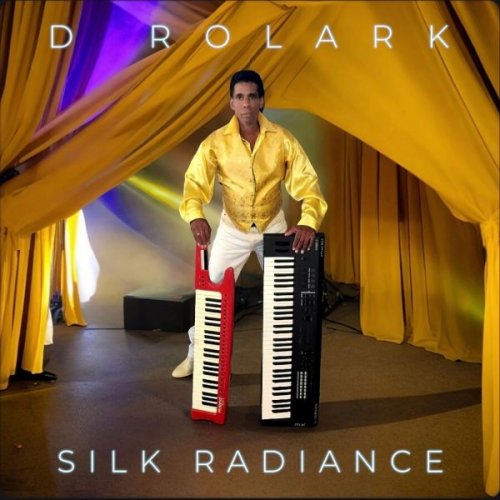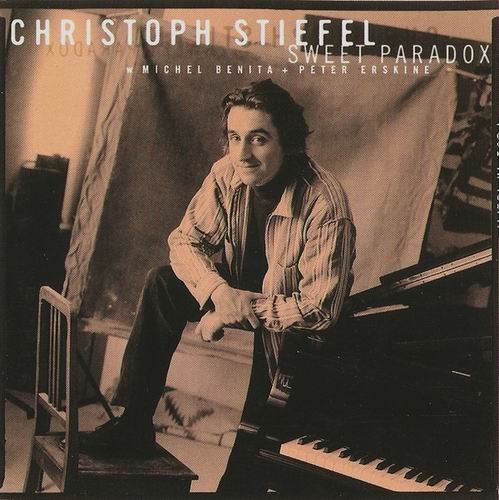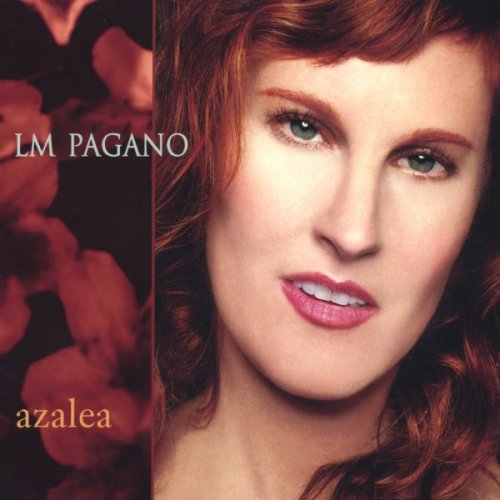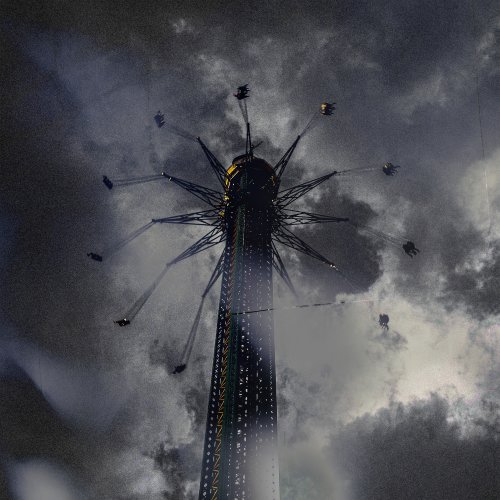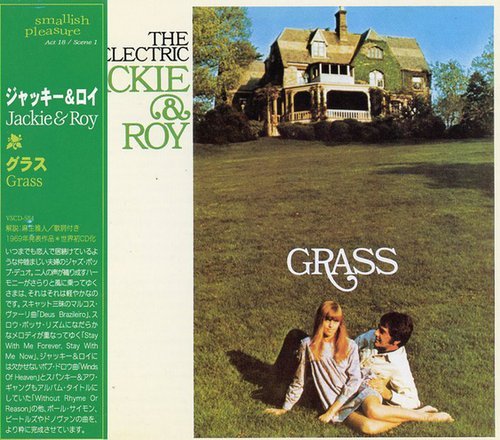Phillip Golub & Lesley Mok - dream brigade (2025) [Hi-Res]
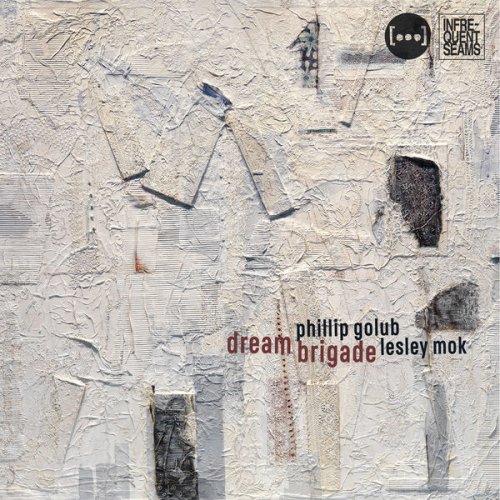
Artist: Phillip Golub, Lesley Mok
Title: dream brigade
Year Of Release: 2025
Label: Infrequent Seams
Genre: Jazz
Quality: FLAC (tracks) [96kHz/24bit]
Total Time: 44:37
Total Size: 973 / 262 MB
WebSite: Album Preview
Tracklist:Title: dream brigade
Year Of Release: 2025
Label: Infrequent Seams
Genre: Jazz
Quality: FLAC (tracks) [96kHz/24bit]
Total Time: 44:37
Total Size: 973 / 262 MB
WebSite: Album Preview
1. Kindling (04:38)
2. Reverse Palindrome (03:06)
3. Darn That Dream (08:27)
4. Tunneled Throat (05:48)
5. Invisible Ink (04:58)
6. Low Passage, Pt. 1 (03:51)
7. Low Passage, Pt. 2 (08:27)
8. Conception (05:22)
Oceanic waves, spectral refractions, ecstatic spirals, pointillistic palindromic backward-forward softened into waterlike textures, dark and murky, transformed into glittering splashes of light. The music on this album traverses liminal states of consciousness, taking the listener on a journey through unexpected turns and ephemeral emotions that emerge and dissipate in an instant.
Phillip Golub and Lesley Mok are brilliant improvisers who have, as individuals, created their own highly developed languages and approaches to their respective instruments, and possess a depth of knowledge and experience that defies their years. In dialogue, they find synergetic meeting points, rhythmic synchronicities and counterpoint, one filling gaps left by the other, one supporting the other. Each musician is porous, enveloping and absorbing the other, listening more than they play, demonstrating great patience, restraint, quietude, reflection, and stillness.
In Golub’s stacked chords and Mok’s rhythmic gestures, one can recognize echoes from past generations, yet the context is constantly turned on its head, shifting, and playfully re-imagined, giving new meaning to old syntax. Both musicians have absorbed and integrated a wide range of influences and are able to invoke sonic archetypes while staying completely free of any notion of tradition or convention, spontaneously reacting to one another and co-composing ever evolving sonic imaginaries.
Each improvisation is its own universe, a unique paradigm of texture, orchestration, and concept. Both Mok and Golub demonstrate discipline through their economy of material, and the seeing through of a large compositional arch through their moment-to-moment interactions.
Many of the improvisations on this album could pass for composed works. Take Invisible Ink, for example, a nocturne with repeated thematic and harmonic material answered by bell-like chords in the upper register, following a seemingly pre-conceived form. Conversely, the two standards on the album, Darn that Dream and Conception, are deconstructed and eventually disintegrate to the point of being no longer recognizable (though the latter maintains its inherent bop-like pulsation and harmonies).
Golub states, “We didn't create this duo because of the particular instrumentation or any tradition or precedent or history with regards to instrumentation, but just rather as two individual improvisers and people with shared interests and sensibilities.”
That said, it’s important to note the rarity of the instrumentation. The piano-bass-drums trio is the standard and most common unit in “jazz” music. But here we have piano and drums duo, without the triangulation imposed by the third element. There is no longer a focal point or tonic, and the positionality is left undefined, leaving the entire sonic spectra available to both instruments. A melody can be carried by a cymbal, a bass line shared between the toms and low register of the piano, and harmony and timbre are no longer distinguishable. Cymbals, drums, and piano merge into one instrument.
If there is a historic precedent for this instrumentation and approach, it can be found in Cecil Taylor’s duos with an array of different drummers, including Andrew Cyrille, Max Roach, Elvin Jones, and Tony Oxley. Taylor’s duo with latter was arguably the most compelling, in the sense that Taylor and Oxley’s rhythmic and harmonic languages combined to create one cohesive sound.
With Mok and Golub, though their musical languages are completely different, the depth of their interaction and degree of empathy approach a similar level of cohesiveness.
Sustained piano chords hang in the air, beating within the strings, each chord awakens a new sensitivity, an unexplored feeling, a moment of destitution leads to a ray of hope. Layers of smoke in the cymbals and brushes, scintillating, scurrying, press rolls that march and warp time.
Through their ingenious improvisatory approaches, spirit of adventure, and mutual trust, Lesley Mok and Phillip Golub have created a unique and profound musical paradigm with this album. No doubt, they will continue to explore this paradigm and produce more albums.
Until that happens, this album is worthy of repeated listens, ideally when the listener is in a state of quietude and stillness. Surrendering fully to this musical journey is a most gratifying and rewarding experience.
Phillip Golub, piano
Lesley Mok, drums
Phillip Golub and Lesley Mok are brilliant improvisers who have, as individuals, created their own highly developed languages and approaches to their respective instruments, and possess a depth of knowledge and experience that defies their years. In dialogue, they find synergetic meeting points, rhythmic synchronicities and counterpoint, one filling gaps left by the other, one supporting the other. Each musician is porous, enveloping and absorbing the other, listening more than they play, demonstrating great patience, restraint, quietude, reflection, and stillness.
In Golub’s stacked chords and Mok’s rhythmic gestures, one can recognize echoes from past generations, yet the context is constantly turned on its head, shifting, and playfully re-imagined, giving new meaning to old syntax. Both musicians have absorbed and integrated a wide range of influences and are able to invoke sonic archetypes while staying completely free of any notion of tradition or convention, spontaneously reacting to one another and co-composing ever evolving sonic imaginaries.
Each improvisation is its own universe, a unique paradigm of texture, orchestration, and concept. Both Mok and Golub demonstrate discipline through their economy of material, and the seeing through of a large compositional arch through their moment-to-moment interactions.
Many of the improvisations on this album could pass for composed works. Take Invisible Ink, for example, a nocturne with repeated thematic and harmonic material answered by bell-like chords in the upper register, following a seemingly pre-conceived form. Conversely, the two standards on the album, Darn that Dream and Conception, are deconstructed and eventually disintegrate to the point of being no longer recognizable (though the latter maintains its inherent bop-like pulsation and harmonies).
Golub states, “We didn't create this duo because of the particular instrumentation or any tradition or precedent or history with regards to instrumentation, but just rather as two individual improvisers and people with shared interests and sensibilities.”
That said, it’s important to note the rarity of the instrumentation. The piano-bass-drums trio is the standard and most common unit in “jazz” music. But here we have piano and drums duo, without the triangulation imposed by the third element. There is no longer a focal point or tonic, and the positionality is left undefined, leaving the entire sonic spectra available to both instruments. A melody can be carried by a cymbal, a bass line shared between the toms and low register of the piano, and harmony and timbre are no longer distinguishable. Cymbals, drums, and piano merge into one instrument.
If there is a historic precedent for this instrumentation and approach, it can be found in Cecil Taylor’s duos with an array of different drummers, including Andrew Cyrille, Max Roach, Elvin Jones, and Tony Oxley. Taylor’s duo with latter was arguably the most compelling, in the sense that Taylor and Oxley’s rhythmic and harmonic languages combined to create one cohesive sound.
With Mok and Golub, though their musical languages are completely different, the depth of their interaction and degree of empathy approach a similar level of cohesiveness.
Sustained piano chords hang in the air, beating within the strings, each chord awakens a new sensitivity, an unexplored feeling, a moment of destitution leads to a ray of hope. Layers of smoke in the cymbals and brushes, scintillating, scurrying, press rolls that march and warp time.
Through their ingenious improvisatory approaches, spirit of adventure, and mutual trust, Lesley Mok and Phillip Golub have created a unique and profound musical paradigm with this album. No doubt, they will continue to explore this paradigm and produce more albums.
Until that happens, this album is worthy of repeated listens, ideally when the listener is in a state of quietude and stillness. Surrendering fully to this musical journey is a most gratifying and rewarding experience.
Phillip Golub, piano
Lesley Mok, drums
![Peter Culshaw - Surrender To Love (2025) [Hi-Res] Peter Culshaw - Surrender To Love (2025) [Hi-Res]](https://img.israbox.com/img/2025-11/27/ptbqhnj27k1u1fv6iqum6t7qh.jpg)
